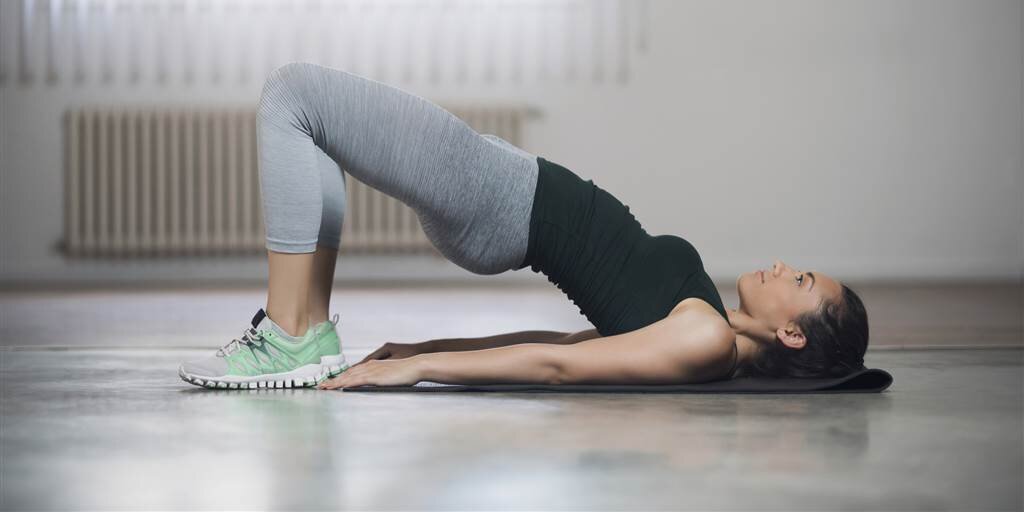Written by Crystal Noor - Chiropractor
If you’re like me, then you spend way too much time critiquing how the footy season is going this year.
What the hell the Broncos and Bulldogs are even doing in the comp?
#stopwastingmytime #atleastimwinningthetippingcomp (*see proof below),
Also...
What’s with all the injuries this year?!
(must be the chiro in me)
Whether you follow NRL or are interested in any of a multitude of winter sports, just think skiing, snowboarding, AFL (IMO the worst of all footy codes), rugby union, soccer, even polocrosse.
It’s always the the same 3 injuries at the top of the list
- concussion
- knee (typically ACL), and
- ankle (of some form like lateral ankle sprain, syndesmosis etc).
As the title suggests, I want to talk about knees today!
But first a quick rant on concussion...
As chiropractors we are acutely aware of all the media surrounding concussions. There’s a lot of hype around it and it’s rightly so.
Concussion has long term side effects that we’ve seen come to light in the NFL in more recent
years.
- Personality changes,
- increased aggression,
- early onset dementia,
- balance changes
Not to mention the short term potential for vision change, headaches, bleeding on the brain, memory loss, nausea, vomiting, light and noise sensitivity just to name a few.
Concussion injuries need to be managed by the appropriate doctor.
So back to what I want to discuss.. knees.
Is It Possible Prevent Knees From Injury?
As we move through toward the middle of the winter sports season our physios and chiros are seeing an influx of knee injuries in the clinic. And it’s not just us…
Just look at the 2021 NRL season. In the first 11 rounds we saw 22 knee injuries. TWENTY TWO.
That’s not including hamstring, groin, or calf, which have a pretty high correlation to knee problems either. If that were the case, we’d be talking about at least 34 (that’s not even including the 5 achilles, or various other ankle injuries either).
So is there anything that can be done for prevention of said injuries?
Well, for them, maybe yes, maybe no. We need to take into account their strength and conditioning program, the fact it’s a contact sport with unpredictable movements, and of course previous injuries.
Random fact:
Did you know if you strain your hamstring one season, you have a 50% chance of straining it again the following season?
Of course, this information is all well and good for professional athletes, but what about you?
(not to say you can’t be pro, I believe in you, the sky is your limit).
Well, I’m here to give you some tips for;
How to Avoid Knee Injuries for Your Winter Sports
1. Train your knees to be strong in all planes of movement
Yes, the knee is a hinge joint, which means it predominantly moves into flexion (bent knee)
and extension (straight knee), but the tibia (shin bone) allows for internal (toe pointed in)
and external (toe pointed out) rotation, which means the actual knee joint needs be be able
to tolerate rotational forces as well.
Try this: Imagine you’re standing in the middle of an 8-point star. Stand on one leg, with your knee slightly bent, and try to tap all 8 points of the star with the other foot. Work around that star 5 times on each leg. You’ll be able to see how your knee needs to manoeuvre through all planes to allow you to touch the points.
2. Prime the muscles around your knees for acceleration and deceleration
It’s not enough to only be strong. Hamstrings, adductors (groin muscles), calves & quadriceps take the forces for your knee, particularly with increasing & decreasing speed, as well as change of direction. Why not help your knees by training that?
Try this: Sprint training with varied lengths before and after the “main sprint” in which you have time to get to full speed, and to rest. Jumping and change of direction drills, e.g. T shaped drills where someone yells which way to run when you get to the intersection - bonus points for this one as it helps to prime you for unpredictable movements, as well as change of direction.
3. Build your tolerance
I know as physios and chiros we like to bang on about building tolerance, but that’s because it’s important - you’re not going to run a marathon when the most training you’ve done is walking around the block…
Not unless you’re happy to not be able to walk for at least a week after. The same goes for your knees, hips & ankles. They cop a lot on the daily, so if you want to be able to play whichever winter sport it is of your choosing, make sure they’re ready for it.
We saw it with the 4.5 month NFL lockout in 2011, with 12 reported achilles tendon injuries in preseason alone, compared to the average of 8 in a full season, and we saw it again when injury rates spiked 3-fold with COVID-19 lockdowns due to shorter pre-seasons.
I promise, we love having you in the clinic, but we also love knowing you’re not coming in as regularly because you’re doing well & injuries aren’t stopping you from doing what you love!
Try this: Don’t do too much too soon. Build to your goal by increasing your activity by 10%
weekly, provided it’s pain-free. As always, if you need us, you know where to find us! We’re here to help, and I can say it pretty confidently for the whole team at Balance HP when I say we genuinely love what we do, we love working with you to get you back to life.
If you think I can help you get to your best, you can connect with me via my instagram:
@crystalchiro, or call the clinic (02) 9899 5512 & book an appointment!























